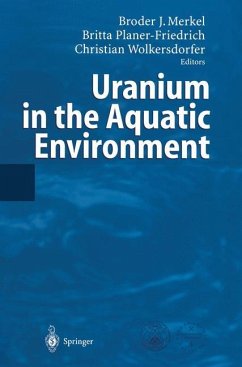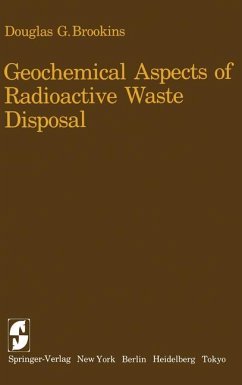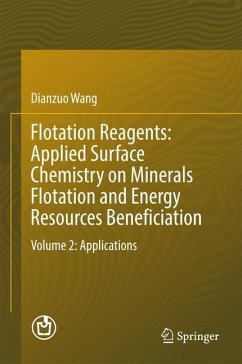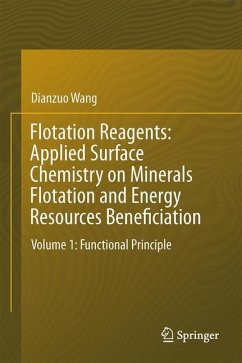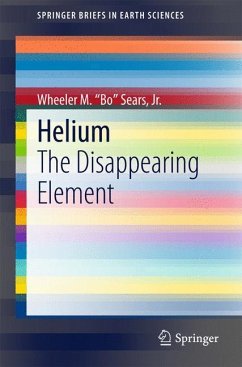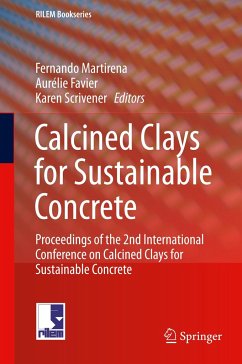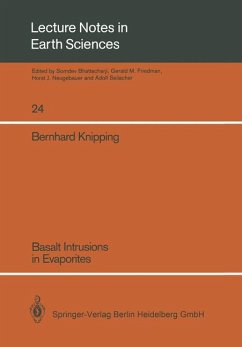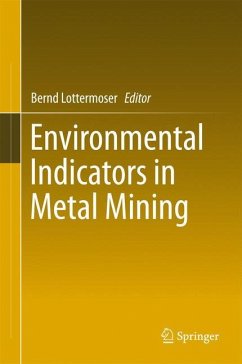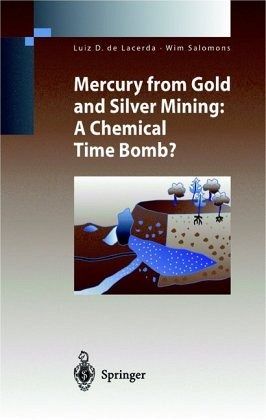
Mercury from Gold and Silver Mining
A Chemical Time Bomb?

PAYBACK Punkte
19 °P sammeln!
Due to its inherent characteristics, mercury contamination from gold mining is a major environmental problem compared to past mercury contamination from industrial point sources. The worsening of social-economical conditions and increasing gold prices in the late 1970s resulted in a new rush for gold by individual entrepreneurs for whom Hg amalgamation is a cheap and easily carried out operation. Even after the present-day mining areas are exhausted, the mercury left behind will remain part of the biochemical cycle of the tropical forest. This book reviews the current information on mercury fr...
Due to its inherent characteristics, mercury contamination from gold mining is a major environmental problem compared to past mercury contamination from industrial point sources. The worsening of social-economical conditions and increasing gold prices in the late 1970s resulted in a new rush for gold by individual entrepreneurs for whom Hg amalgamation is a cheap and easily carried out operation. Even after the present-day mining areas are exhausted, the mercury left behind will remain part of the biochemical cycle of the tropical forest. This book reviews the current information on mercury from gold mining, its cycling in the environment and its long-term ecotoxicological impact. The book is illustrated with numerous diagrams and photographs.




